Dosa is one of the most beloved and iconic dishes in India, especially in South Indian cuisine. It is a popular breakfast or snack option enjoyed by people of all ages across the country. The preparation of dosa on a tawa (griddle) is a time-honored tradition that has been passed down through generations.
Dosa tawa or tawa dosa is one of the most common and popular cookware items in Indian kitchens, particularly in South India where dosas are a staple part of the cuisine. The tawa dosa is an essential tool used for making dosas and other flatbreads, and it holds a special place in Indian culinary culture.
While primarily used for making dosas, a tawa dosa is versatile and can be used for cooking various other flatbreads like uttapam and cheela, as well as pancakes, tortillas, and certain savory snacks.
Table of Contents
How To Make Dosa On A Tawa Dosa?
Dosa Batter: The first step is to prepare the dosa batter. It is typically made from a combination of rice and urad dal (black gram) that is soaked, ground to a smooth paste, and left to ferment overnight. The fermented batter gives dosas their characteristic light and fluffy texture.
Preheating the Tawa: To make dosas, the tawa is preheated on a stove. It is essential to ensure that the tawa is adequately heated to the right temperature before pouring the dosa batter.
Spreading the Dosa Batter: Once the tawa is hot, a ladleful of dosa batter is poured onto the center of the tawa. Using the back of the ladle or a circular motion, the batter is spread evenly to form a thin, circular dosa.
Drizzling Oil or Ghee: A few drops of oil or ghee (clarified butter) are drizzled around the edges of the dosa to enhance the flavor and create a crispy texture.
Cooking the Dosa: The dosa is cooked on medium to high heat until the edges turn golden brown and crispy. The tawa's even heat distribution ensures that the dosa cooks uniformly.
Flipping the Dosa: Once the dosa is cooked on one side, it is carefully flipped over to cook the other side. Some cooks masterfully flip the dosa in the air, while others use a flat spatula to flip it gently.
Serving: The dosa is then folded or rolled and served hot with various accompaniments such as coconut chutney, sambar (a lentil-based vegetable stew), and tomato chutney.
Dosa tawas are a staple in Indian kitchens, and making dosas on a tawa is a cherished culinary tradition. Whether at home or in restaurants, dosas prepared on tawas continue to delight people with their crispiness, flavor, and versatility. The art of making a perfect dosa on a tawa is considered a skill, and it brings joy to many food lovers in India and around the world.
Benefits of Tawa Dosa:
Even Heat Distribution: The flat and wide surface of the tawa provides even heat distribution, ensuring that the dosa batter cooks uniformly and results in dosas with a consistent texture and color.
Heat Retention: Tawas, especially those made from cast iron, have excellent heat retention properties, allowing you to make multiple dosas consecutively without losing heat.
Non-Stick Properties: Many modern dosa tawas come with a non-stick coating, making it easier to flip and release dosas without sticking. This reduces the need for excessive oil while cooking.
Smoky Flavor: Cooking dosas on a seasoned cast iron tawa imparts a unique smoky flavor to the dosas, adding to their authenticity and taste.
Affordable and Easily Accessible: Dosa tawas are readily available in various sizes and materials, making them affordable and accessible to people across different economic backgrounds.
Symbol of Tradition: The use of a tawa dosa for making dosas is deeply rooted in South Indian culinary traditions, and it symbolizes the rich heritage and culture of Indian cooking.
Due to these reasons, the dosa tawa has become an indispensable and common cookware item in Indian households, representing the love for dosas and the joy of cooking and sharing delicious food with family and friends.
Which tawa dosa is easy to use?
The ease of cooking dosa can vary depending on the type of tawa you use: non-stick, cast iron, or stainless steel. Each type has its advantages and considerations. Ultimately, the ease of cooking dosas depends on your personal preferences and cooking style. A non-stick tawa dosa is convenient for quick and easy dosa preparation, while cast iron tawa dosa offers the advantage of imparting a unique smoky flavor. A stainless steel tawa dosa is a practical option if you prefer a durable and low-maintenance choice. Choose the tawa dosa that suits your needs and cooking preferences to ensure a delightful dosa-making experience.
Advantages of Non-Stick Tawa Dosa:
- Ease of Cooking: Cooking dosas on a non-stick tawa is generally easier because the non-stick coating prevents the dosa batter from sticking to the surface. This makes flipping and releasing dosas smooth and hassle-free.
- Minimal Oil Usage: Non-stick tawas require less oil or ghee compared to other types of tawas, as the non-stick coating reduces the need for additional lubrication.
- Cleaning: Non-stick tawas are easier to clean, as food residues are less likely to stick to the surface.
- Durability: The non-stick coating on the tawa may wear off over time with regular use, requiring replacement or re-coating.
Advantages of Cast Iron Tawa Dosa:
- Even Heat Distribution: Cast iron tawas provide excellent heat distribution, resulting in uniform cooking of dosas with consistent texture and color.
- Heat Retention: Cast iron tawas retain heat well, allowing you to make multiple dosas consecutively without losing heat.
- Smoky Flavor: Cooking dosas on a seasoned cast iron tawa imparts a unique smoky flavor, enhancing the taste of the dosas.
- Seasoning and Maintenance: Cast iron tawas require seasoning to develop a non-stick surface and need proper maintenance to prevent rusting.
- Oil Usage: Initially, a well-seasoned cast iron tawa may require a bit more oil to prevent sticking, but as the seasoning improves, less oil is needed.
Advantages Stainless Steel Tawa Dosa:
- Even Heat Distribution: Stainless steel tawas offer decent heat distribution, but they may not be as efficient as cast iron tawas.
- Oil Usage: Stainless steel tawas may require more oil or ghee compared to non-stick tawas to prevent dosas from sticking.
- Cleaning: Stainless steel tawas are easy to clean, although some dosa batter might stick to the surface.
- Durability: Stainless steel tawas are durable and do not require seasoning like cast iron tawas.

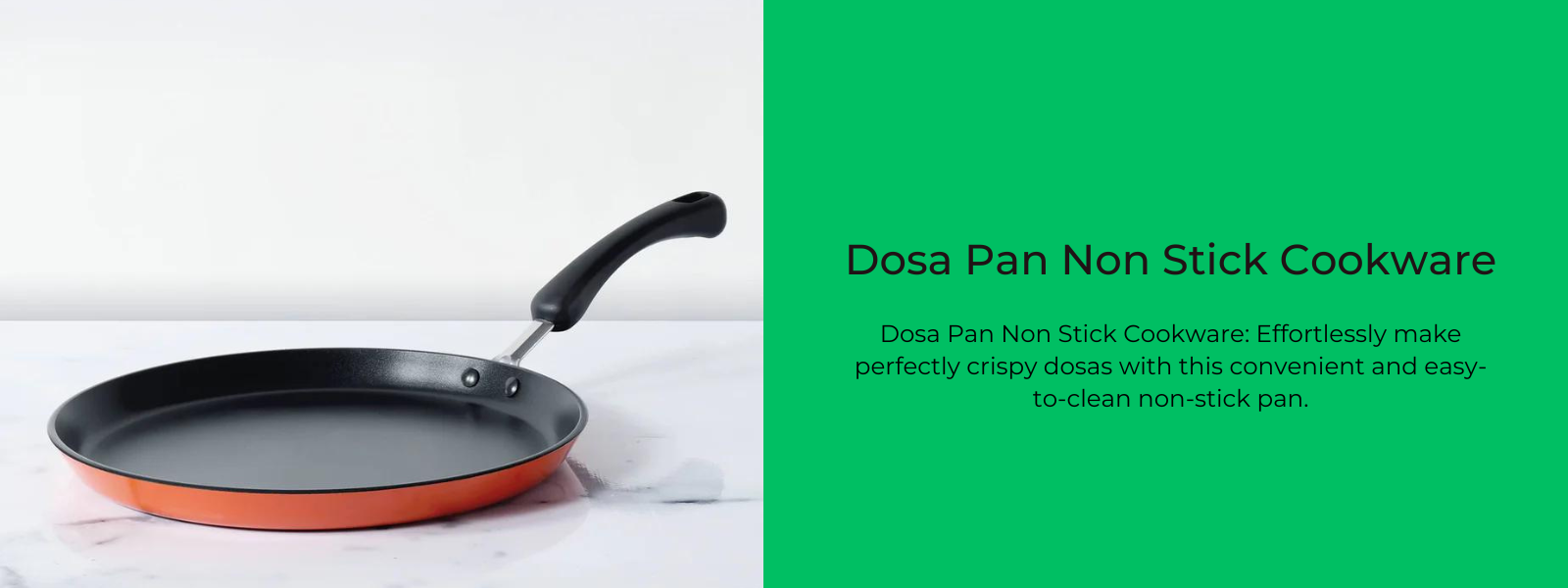
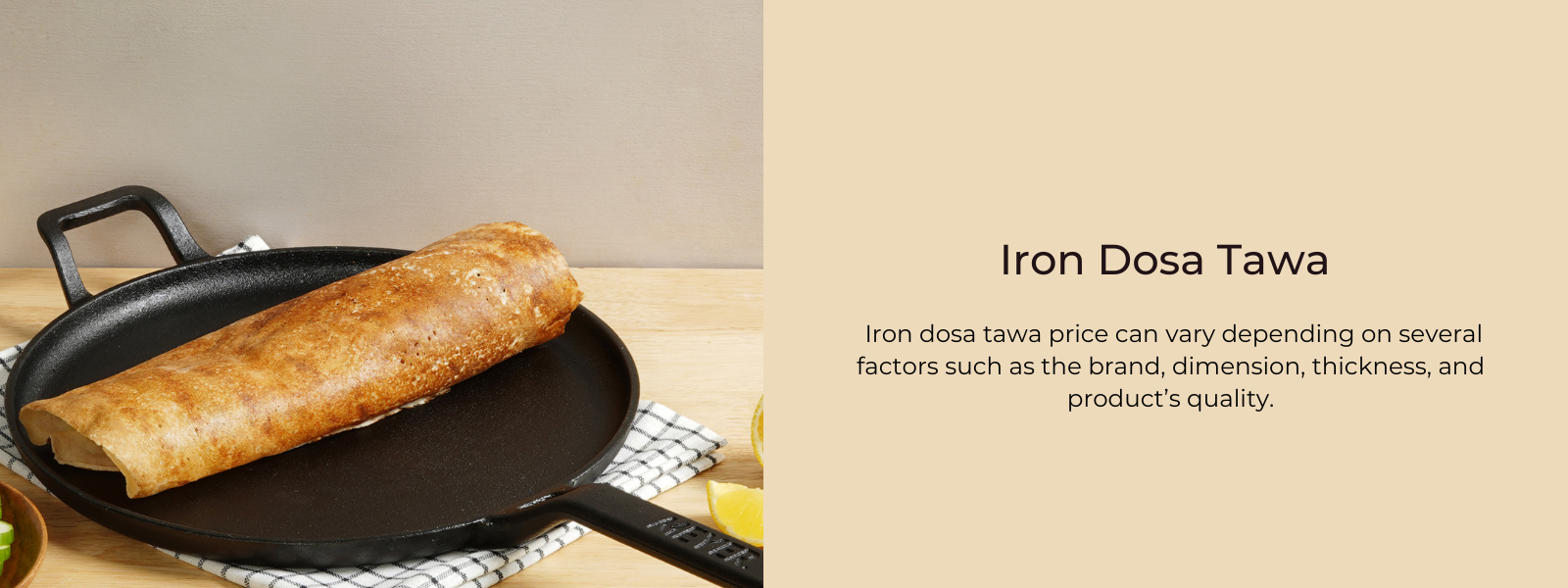
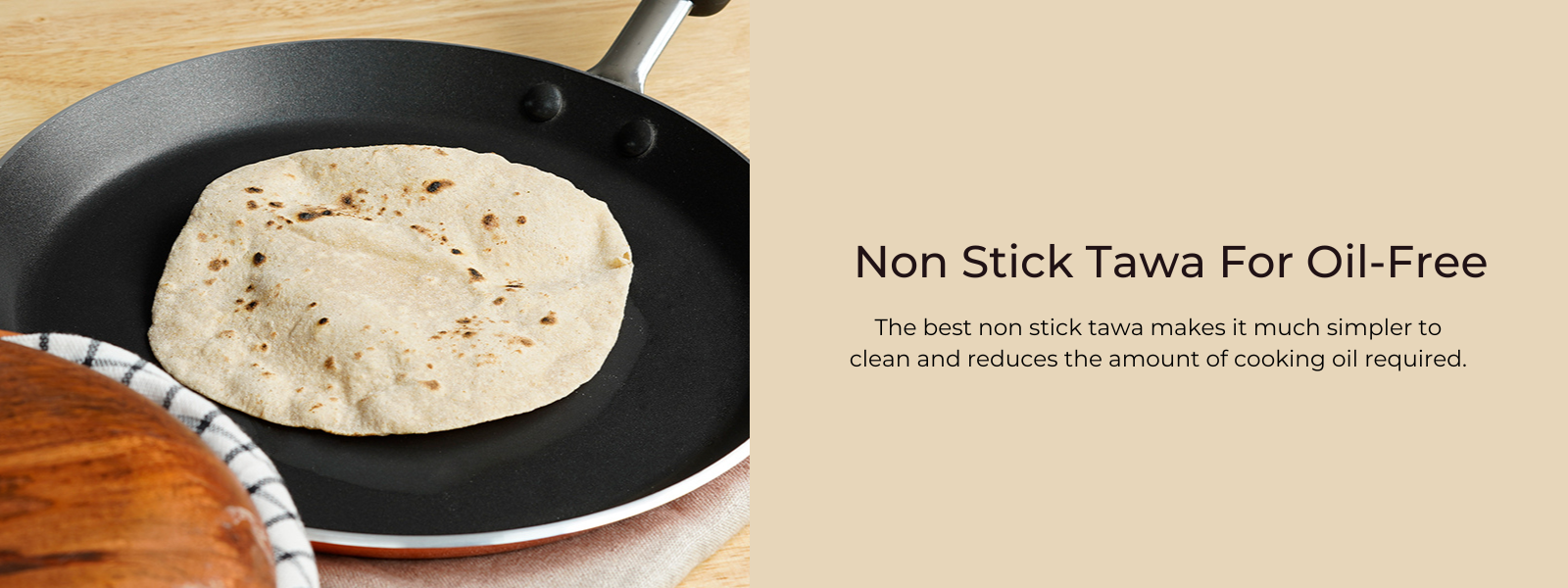
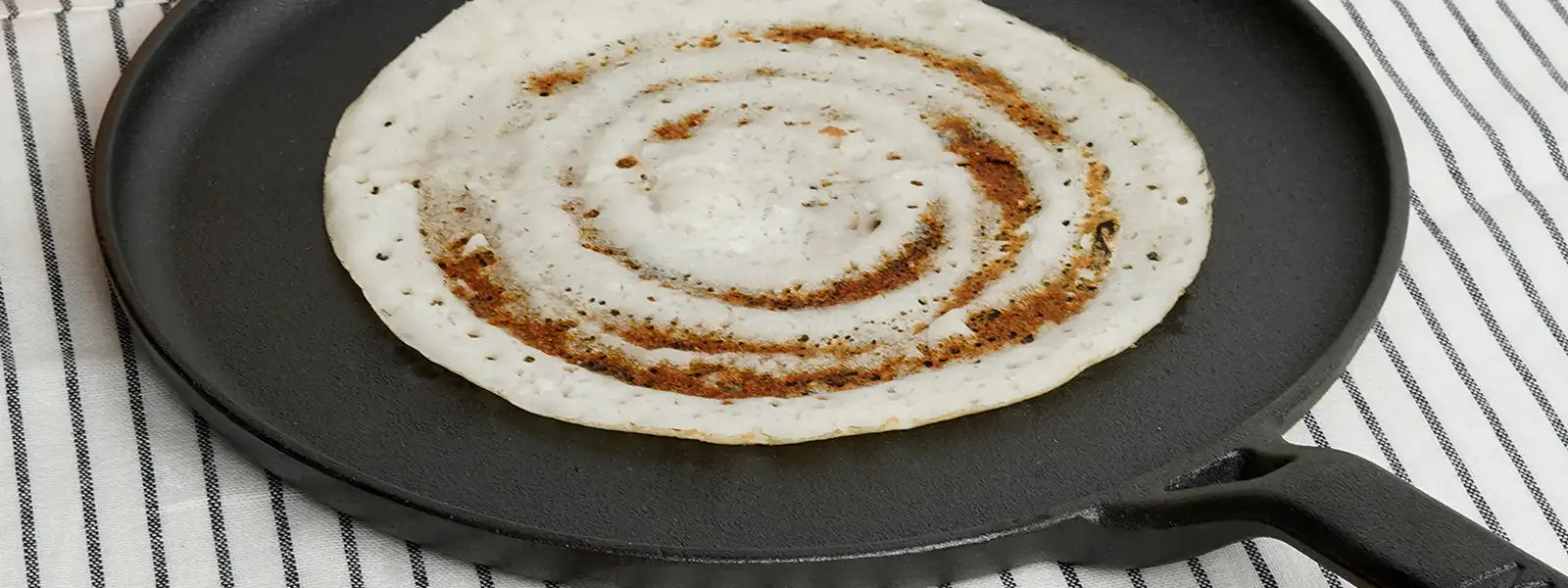
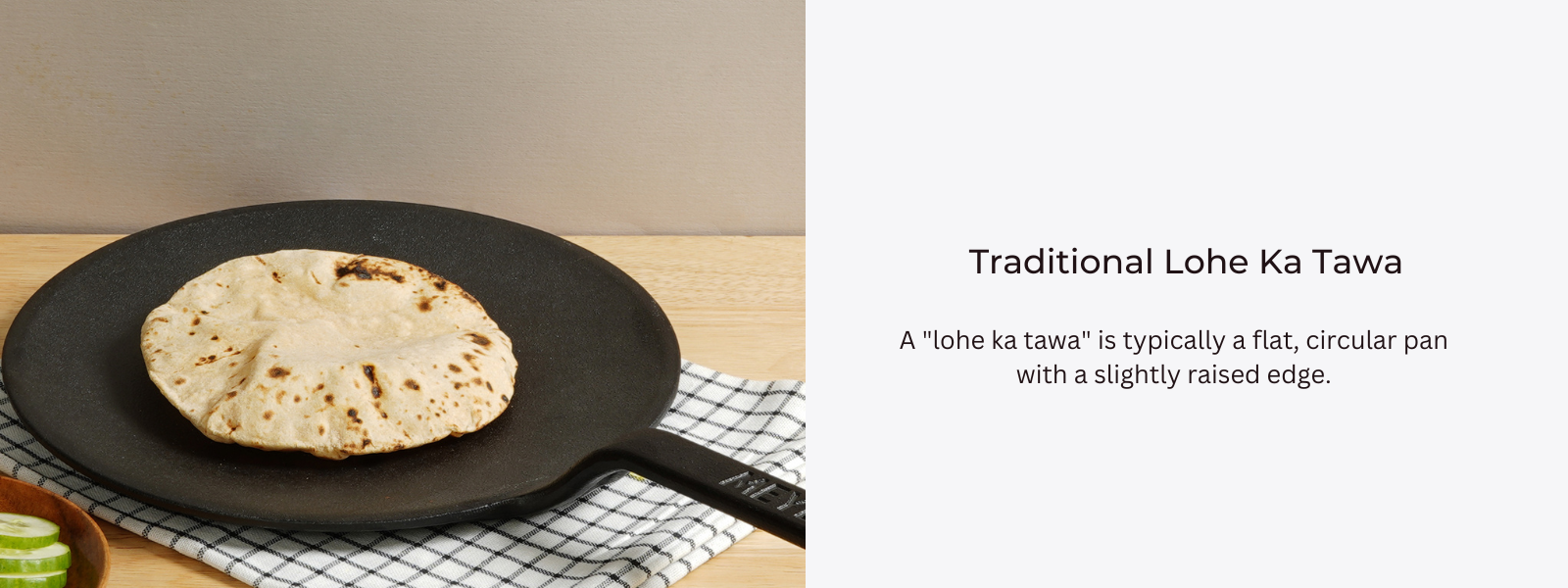
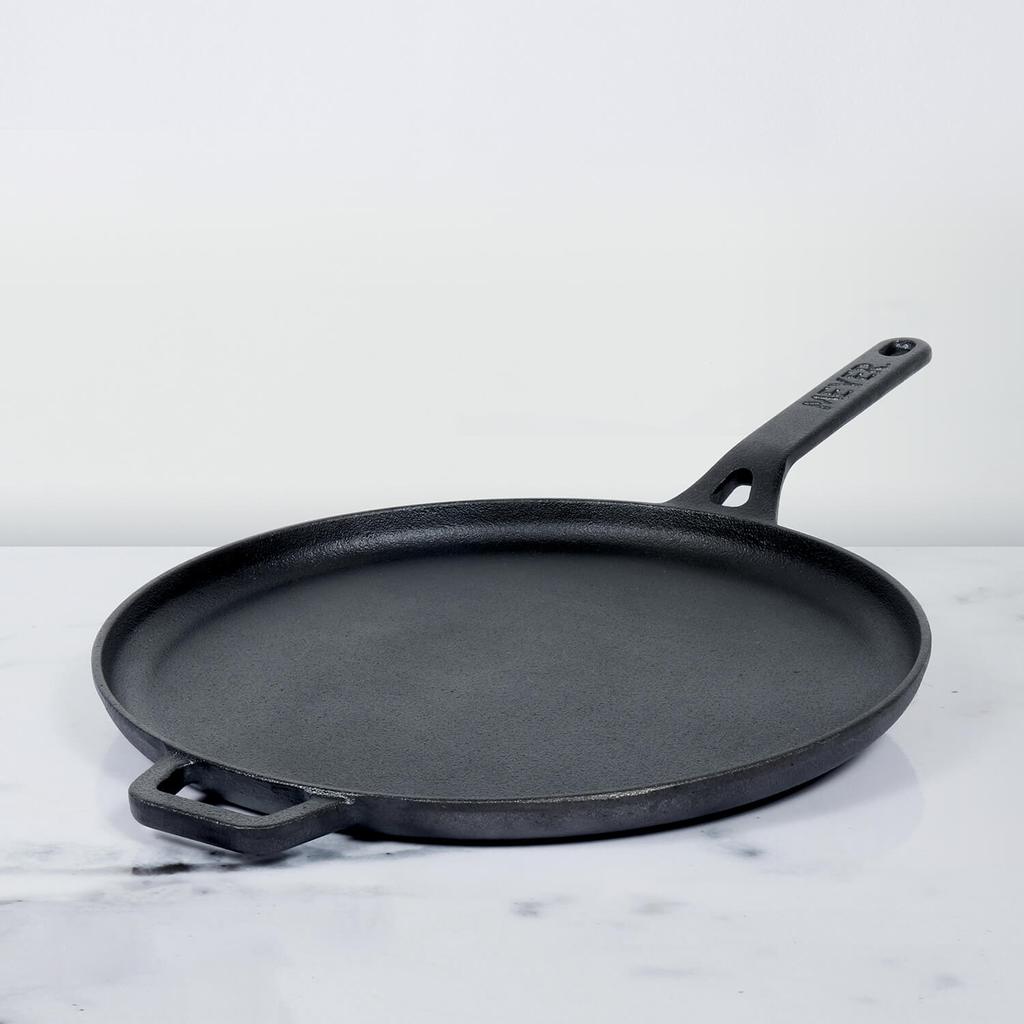
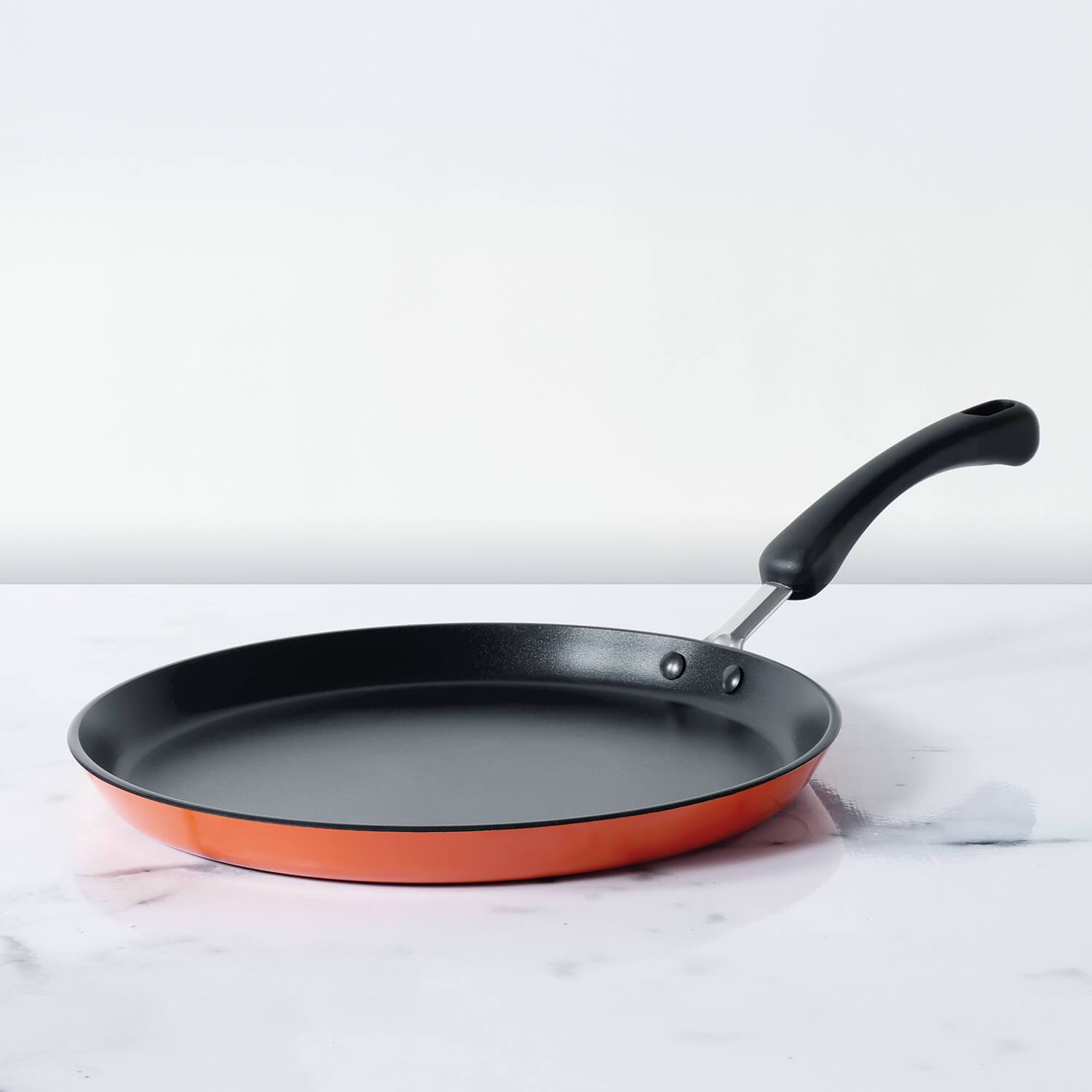




Leave a comment